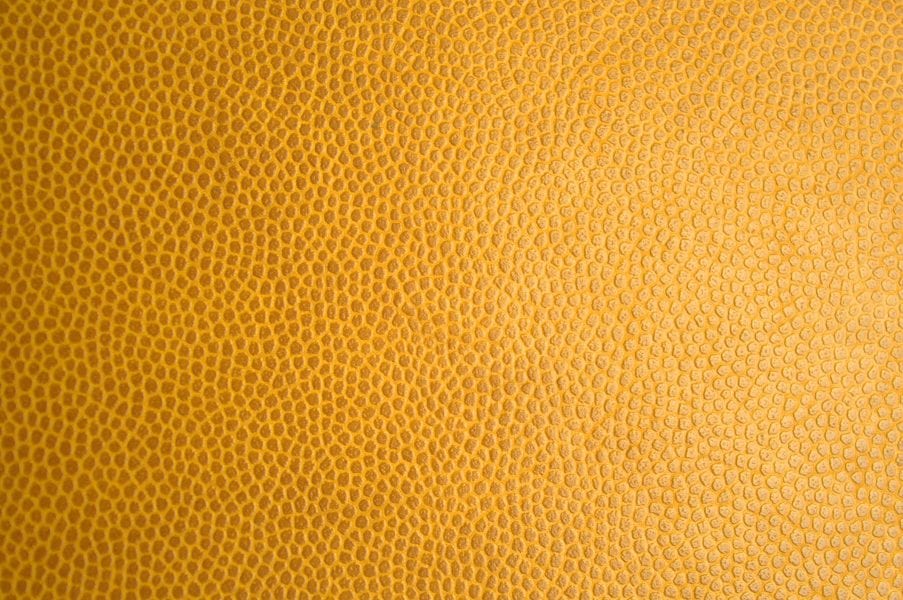Coatings are critical for the protection of engineered structures from harsh operating environments. Self-healing coatings have been developed to mitigate the effects of damage and extend service life. However, self-healing materials typically have been limited in the length scale they address, their ability to respond to multiple damage events, and their ability to control the volume of healing fluids.
In a recent work published in Advanced Engineering Materials Prof. Scott White’s Group at the University of Illinois at Urbana-Champaign has begun to address these persistent challenges. The study expands on a regenerative coating system that consists of a multilayer structure analogous to skin where the coating is formed on a vascularized substrate. A novel design for healing agent storage and release is introduced that allows for complete regeneration of a coating with precise and autonomous control of coating thickness.
Upon complete removal of the coating, the system releases a controlled volume of healing fluid. This healing fluid cures when exposed to simulated sunlight to reform the coating with identical mechanical properties as the original coating. Volume control is facilitated by a flexible membrane, referred to as the accumulator, which stores a prescribed volume of sunlight curable healing fluid. Factors affecting the stored and released volume as well as the timing of the healing response are highlighted. The balance of such factors is critical for the success of any self-healing system. The system presented is capable of autonomously restoring the coating to nearly the same thickness for multiple cycles of coating complete removal and regeneration.
The accumulator for storage and release could be extended to other functional materials systems where volume control is required, from self-healing to thermal regulation.

















